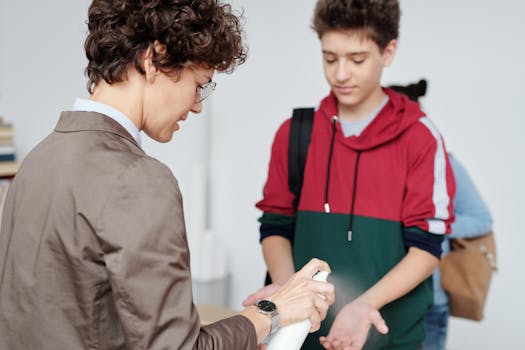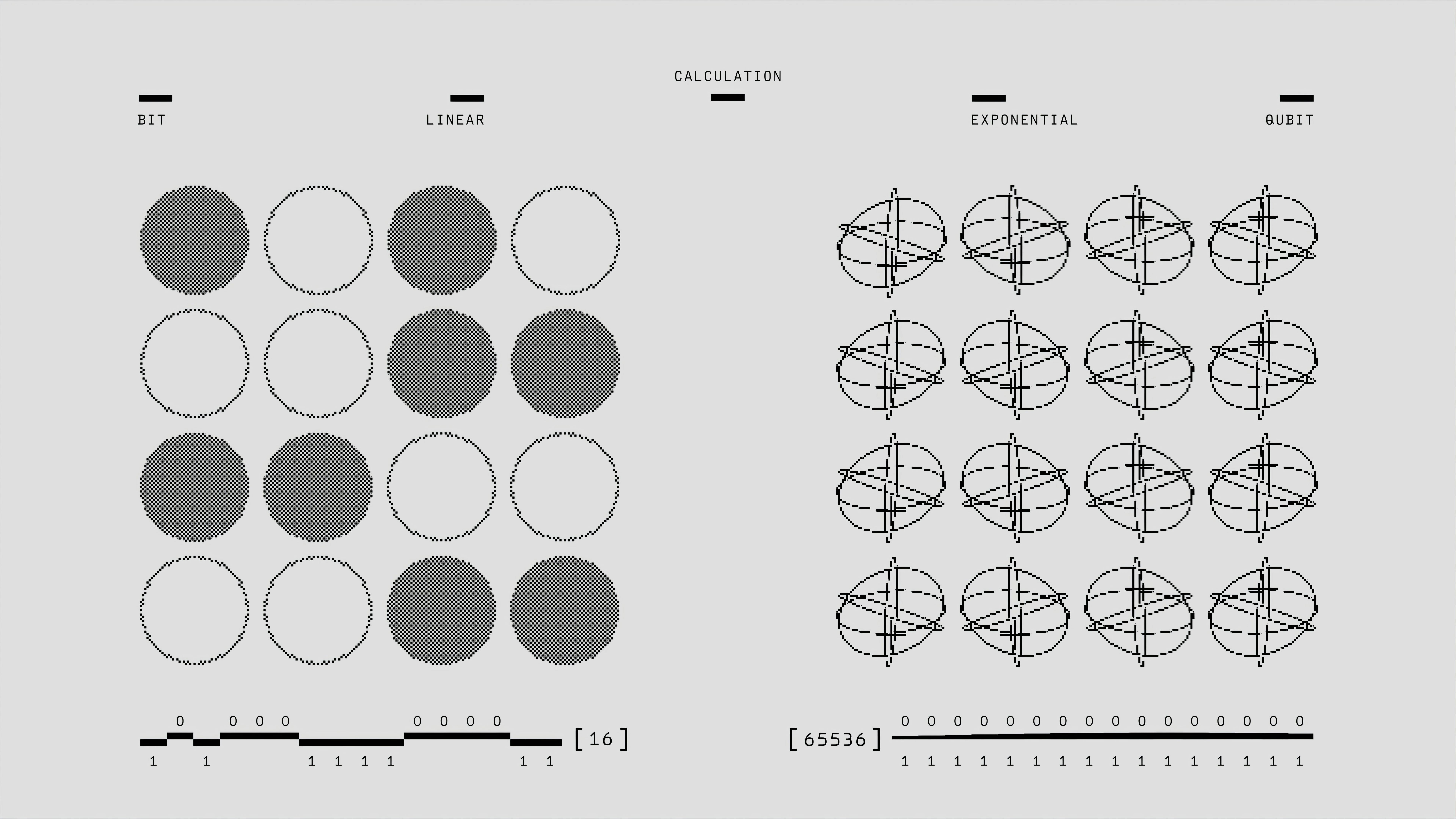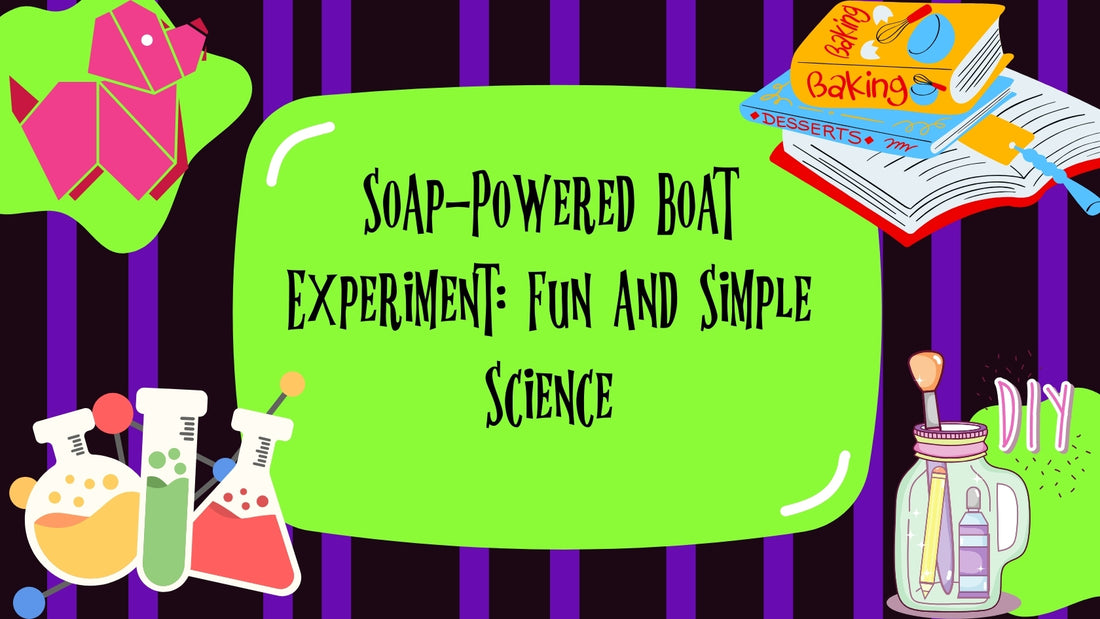As an affiliate, I earn from qualifying purchases, but this doesn't affect the reviews or recommendations—your trust is important to me!
Soap-Powered Boat Experiment: Fun and Simple Science

Today, We're Making:
- - Soap-Powered Boat
- - Experiment using different soap brands: This experiment allows children to investigate whether the brand or type of soap used in creating their soap-powered boat has any impact on its speed or distance covered. They can make several boats and fuel them with different types of soap to observe the results.
- - Experiment with different boat designs: This activity lets children explore how the design of their soap-powered boat affects its performance. They can design and create boats of different shapes and sizes, then fuel them with soap to see which design works best.
- - Density and buoyancy experiment: This activity can help kids understand the concept of density and buoyancy. They can experiment by adding different weights to their soap-powered boats and observe how it affects the speed and distance it can travel.
- - Temperature effect on soap-powered boat: This experiment is fun for kids as they see how the temperature of the water affects the power of the soap boat. They can launch their soap boats in cold, warm, and hot water and see in which temperature the boat travels faster.
- - Soap’s effect on water tension experiment: This experiment allows kids to understand the science behind the movement of their soap-powered boat. They add soap to the rear of the boat and explain how the soap reduces the water’s surface tension, making the water behind the boat rush out and push the boat forward.
Have you ever tried making a boat sail without wind or paddle?
Sounds impossible, right? Not when it involves the Soap-Powered Boat Experiment, a gem among simple science experiments that merges fun with practical physics.
What appears as a child's play
At first glance, it might seem like child's play - a boat made from a piece of plastic, powered by a tiny drop of soap. But behind this DIY science project, there's a fascinating phenomenon known as soap propulsion.
The engaging activity behind the fun
This engaging activity not only sparks curiosity, but it also sheds light on the intriguing concepts of water surface tension and capillary action. It's education, entertainment, and interactive science, all bundled into one captivating experiment.
Your ticket to igniting a lifelong love for science!
Join us as we delve into the details of this easy and educational fun - your ticket to igniting a lifelong love for science!
Have you been in search of a winning Science Fair Idea?
The Soap-Powered Boat Experiment easily qualifies as a top-tier choice. It's not just some mundane toy boat ride. It's a liquid science marvel that's sure to catch the eye of judges, teachers, and students alike. Thanks to the simple science at its core, it's both easy to create and exciting to observe. Kids of all ages can rally around their mini craft - eagerly staring as the surface tension of the water turns a mere drop of soap into a potent boat-pushing force.
The boat in the Soap-Powered Boat Experiment doesn't just glide due to magic.
It’s a spectacular display of capillary action and soap propulsion at work. Here's what happens: when soap gets introduced into the water, it disrupts the water's surface tension. Imagine dropping a pebble into a calm lake, causing ripples to spread outwards. But it’s not the soap itself causing the movement- it’s the water! The water near the soap rapidly flows away, and the boat, caught in this mad rush, gets propelled forward.
But why restrict this amazing physics for kids experiment to science exhibitions alone?
It’s a perfect activity for spending some fun educational time at home. Parents and kids can bond over this DIY Science Project, transforming a commonplace household item like soap into an educational tool. This exciting experiment is all about practical physics, teaching children what those big words like 'soap propulsion' and 'surface tension' truly mean.
Plus, it’s not just about learning with soap. It's about unleashing a child’s creativity.
Kids can customize their Soap Boat by adding different colors, designs, or materials. What if they use metal instead of plastic? Will a larger soap drop give it a faster push? These questions naturally arise in their quest for understanding science, spurring a journey of exploration and validation. More than a Boat Science Project, it's a fantastic launchpad to implore Simple STEM activities and interactive science.
In an educational system that generally prioritizes textbooks and learning by rote, Hands-on Learning experiences like the Soap-Powered Boat Experiment provide a much-needed breath of fresh air.
Young minds can see the science happen right before their eyes, changing their perception about the subject. It’s not just theoretical; it's applicable, engaging, and so much more fun. The joy of watching their Soap Boat zooming across the water surface is bound to be more memorable than reading about such concepts from a book. And who knows, this household experiment might just be the stepping stone that nurtures the next Einstein!

Engage Your Kids in a Soap-Powered Boat Experiment
So why wait? Engage your kids in this exciting Soap-Powered Boat Experiment today. Let's change the narrative and make science a thrilling adventure rather than a daunting subject. Let's cultivate their creativity, arouse their analytical side, and foster a love for learning that transforms the ordinary into the extraordinary.
With just a piece of plastic, a drop of soap, and the simplicity of practical physics, we'll craft not just a memorable science project, but an enriching learning experience. Remember, it's not just about creating a soap-powered boat; it's about setting sail on a mesmerizing journey of scientific exploration.
Because science, like this little boat, should always be about riding the waves of curiosity, discovery, and fun.

You May Also Like These:
1. Experiment using different soap brands
Objective:
To investigate whether the brand or type of soap used affects the speed or distance covered by a soap-powered boat.
Ingredients:
- Different brands/types of soap bars
- Cardboard or foam
- Scissors
- A large container filled with water
Instructions:
- Cut your cardboard or foam material into the shape of a boat. Make several identical boats.
- Carve a small groove or channel on one end of the boat. This is where you will place your soap.
- Place a small piece of soap into the groove on the boat.
- Put the boat in the water and let it go!
- Observe how fast the boat goes or how far it travels.
- Repeat the experiment with different types of soap and note any differences in their speeds or distances covered.
2. Experiment with different boat designs
Objective:
To explore how different design elements of a soap-powered boat impact its performance.
Ingredients:
- Soap bars
- Cardboard or foam in different shapes and sizes
- Scissors
- A large container filled with water
Instructions:
- Use your assortment of cardboard or foam materials to design boats of different shapes and sizes. Be sure to include a small groove or channel in each design to hold your soap.
- Place a small piece of soap into the groove on the boat.
- Put the boat in the water and let it go!
- Observe how the shape and size of the boat impact the speed or distance it travels in the water.
- Use different boats with different designs to compare and contrast the results. Note any differences you observe in their speeds or distances covered.
Density and Buoyancy Experiment
Objective: Understand the concept of density and buoyancy by adding different weights to soap-powered boats to see how it impacts their speed and distance travelled.
Ingredients:
- Soap powered boat
- Soap
- Different small weights
- A large container can be a pool, tub or sink filled with water
Instructions:
- Fill your container with water.
- Add soap to the boat as per its design instructions.
- Without adding any weights, launch the boat and note down how far it travels.
- Add weights to the boat, trying different combinations.
- With each combination, launch the boat and record how far it travels.
- Compare this data to draw conclusions on how density and buoyancy are related in the context of the experiment.
Temperature Effect on Soap-Powered Boat Experiment
Objective: Discover how the temperature of the water impacts the power and distance travelled by a soap-powered boat.
Ingredients:
- Soap powered boat
- Soap
- Two large containers can be pools, tubs or sinks filled with water
Instructions:
- Fill one container with cold water and the second one with warm water.
- Add soap to the boat as per its design instructions.
- First, launch the boat in the container with cold water and note how far it travels.
- Next, launch the boat in the container with warm water and note how far it travels.
- Compare results to understand how temperature affects the operation of a soap-powered boat.
WARM-UP STEM EXPERIMENT:
In this experiment, your young scientist will explore the concept of heat transfer through an exciting hands-on activity.
INGREDIENTS:
- 1 Metal spoon
- 1 Plastic spoon
- 1 Ceramic spoon (if available)
- 1 Bowl of warm water
- 1 Piece of wax paper or plastic wrap
- 1 Timer
INSTRUCTIONS:
- Align the three spoons side by side on a table.
- Touch the end of each spoon and note the differences in temperature.
- Place the other end of each spoon into the bowl of warm water. Ensure that the part of the spoon you will be touching is not submerged.
- Start the timer for one minute. During this minute, discuss with your child the concept of heat transfer. Explain that the warm water is giving its heat energy to the spoons.
- After one minute has passed, carefully touch the end of each spoon. Ask your child to describe the difference in temperature for each spoon.
- Discuss the findings. Explain how different materials conduct heat at different rates. Metal, for instance, is a good conductor of heat, while plastic is a poor one.
In this experiment, your child has learned an important aspect of thermodynamics using everyday household items. This is a fundamental aspect of STEM education.
Soap’s Effect on Water Tension Experiment
In this exciting STEM experiment, the kids will understand the impact of soap on water tension and will observe how this effect influences the movement of a soap-powered boat. Prepare to engage your children in a fun process filled with educational content.
Ingredients
- A square piece of lightweight plastic or foam (to act as the boat)
- A shallow tray (a baking tray works well)
- Warm water
- Soap (Liquid Dish Soap works best)
- A toothpick or small stick (to apply the soap)
- Stopwatch (to time the boat's movement)
- Thermometer (optional)
Instructions
- Fill the tray with warm water. The water should be deep enough to allow the boat to float.
- Place your boat in the tray.
- Dip the toothpick into the soap and carefully dab a small amount onto the rear of the boat. As soon as the soap touches the water, it should start reducing the surface tension, making the boat move forward.
- With your stopwatch at the ready, release your boat at one end of the tray and start the timer as the boat starts to move.
- Stop the timer once the boat crosses to the other side of the tray. Record the time it took for the boat to travel across the tray.
- Repeat the experiment by slightly changing the temperature of the water each time and see how it affects the speed of the boat. Remember to record your results.
This experiment helps kids understand how soap reduces water's surface tension and how that can lead to movement in a boat. Remember to clean up your experiment area when done, and most importantly, have fun!
Boat and Water Experiment STEM Activity
Objective:
The aim of this experiment is to illustrate one of the principles of physics, Newton's Third Law, through a simple and fun activity. We're going to make the water behind the boat rush out and push the boat forward!
Materials Needed:
- A small plastic boat (a lightweight toy boat will work well)
- Baking soda
- Vinegar
- A bathtub or large container filled with water
- Measuring spoons
- A small cup or container
Instructions:
- Prepare the Boat: Place your boat in a bathtub or a large container filled with water. Note: Ensure the boat is floating and not filled with water.
- Mix Baking Soda and Vinegar: In your small cup or container, mix about two tablespoons of baking soda with one tablespoon of vinegar. The mixture will start fizzing immediately due to the chemical reaction.
- Load the Mixture: Before the fizzing stops, quickly pour the mixture into the back part of your boat.
- Observe the Reaction: Watch the boat as the fizzing mixture causes the water to rush out the back of the boat, pushing it forward. This movement demonstrates Newton's Third Law: For every action, there is an equal and opposite reaction.
Conclusion:
This simple but fun experiment demonstrates Newton's Third Law of Motion. The force exerted by the gas being produced from the chemical reaction moves in one direction and causes an equal force in the opposite direction, moving the boat forward. This is the same principle that real-life watercrafts and even rockets use to move!











